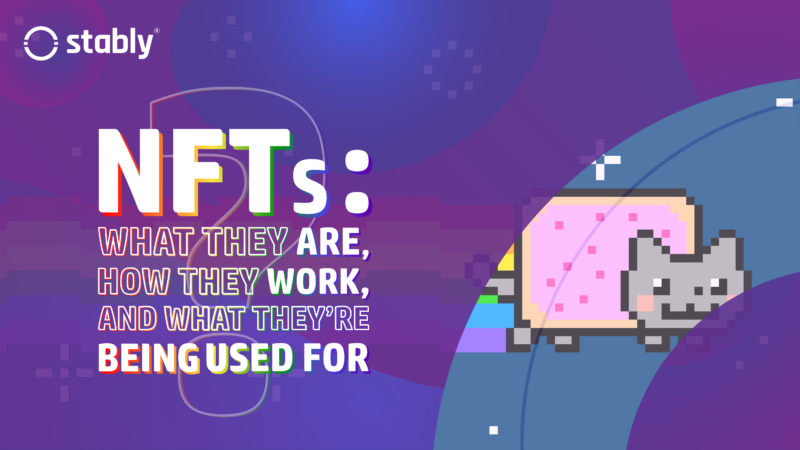
You’re probably most familiar with blockchain as the underlying process that makes cryptocurrencies possible. NFTs exist on a blockchain, which is a distributed public ledger that records transactions. (One NBA Top Shot clip isn’t even necessarily equal to another NBA Top Shot clip, for that matter.) One NBA Top Shot clip, for example, is not equal to EVERYDAYS simply because they’re both NFTs. Each has a digital signature that makes it impossible for NFTs to be exchanged for or equal to one another (hence, non-fungible). Crypto’s fungibility makes it a trusted means of conducting transactions on the blockchain. They’re also equal in value-one dollar is always worth another dollar one Bitcoin is always equal to another Bitcoin. Physical money and cryptocurrencies are “fungible,” meaning they can be traded or exchanged for one another. It’s generally built using the same kind of programming as cryptocurrency, like Bitcoin or Ethereum, but that’s where the similarity ends. How Is an NFT Different from Cryptocurrency?

Collectors value those “digital bragging rights” almost more than the item itself. Not only that, it contains built-in authentication, which serves as proof of ownership. So why are people willing to spend millions on something they could easily screenshot or download?īecause an NFT allows the buyer to own the original item. Hypothetically, cutting off the supply should raise the value of a given asset, assuming it’s in demand.īut many NFTs, at least in these early days, have been digital creations that already exist in some form elsewhere, like iconic video clips from NBA games or securitized versions of digital art that’s already floating around on Instagram.įamous digital artist Mike Winklemann, better known as “Beeple,” crafted a composite of 5,000 daily drawings to create perhaps the most famous NFT of 2021, “EVERYDAYS: The First 5000 Days,” which sold at Christie’s for a record-breaking $69.3 million.Īnyone can view the individual images-or even the entire collage of images online for free. This stands in stark contrast to most digital creations, which are almost always infinite in supply. “Essentially, NFTs create digital scarcity,” says Arry Yu, chair of the Washington Technology Industry Association Cascadia Blockchain Council and managing director of Yellow Umbrella Ventures. NFTs are also generally one of a kind, or at least one of a very limited run, and have unique identifying codes. The market for NFTs was worth a staggering $41 billion in 2021 alone, an amount that is approaching the total value of the entire global fine art market.
Nft stands for software#
They are bought and sold online, frequently with cryptocurrency, and they are generally encoded with the same underlying software as many cryptos.Īlthough they’ve been around since 2014, NFTs are gaining notoriety now because they are becoming an increasingly popular way to buy and sell digital artwork.

What Is an NFT?Īn NFT is a digital asset that can come in the form of art, music, in-game items, videos, and more.

Others believe NFTs are here to stay, and that they will change investing forever. From art and music to tacos and toilet paper, these digital assets are selling like 17th-century exotic Dutch tulips-some for millions of dollars.īut are NFTs worth the money-or the hype? Some experts say they’re a bubble poised to pop, like the dot-com craze or Beanie Babies. Non-fungible tokens (NFTs) seem to be everywhere these days.


 0 kommentar(er)
0 kommentar(er)
